Flowers for Bees: Make a Bee Friendly Garden
What are good flowers for bees? Is your garden bee-friendly? What makes a bee-friendly garden? Help bees and create a bee habitat with bee-friendly plants and flowers. Save the bees!
It’s no secret that the world’s bee population is declining. The total number of managed honey bee hives has decreased by 50% since 1940. At the same time, with a growing world population, the demand for pollinators is on the increase. It is estimated that one out of every three mouthfuls of food the world consumes is the direct or indirect result of the hard work of the earth’s busy pollinators.
Nothing makes me happier than to be out in my yard or in my vegetable garden and see and hear these hard-working winged creatures seeking out good flowers for bees. However, I have noticed a decline in my cucumber and zucchini production over the years. These two vegetables, and many others, rely on bees’ work to pollinate their flowers to produce the vegetable.
Bees and flowers go together like salt and pepper! I like to plant many flowers that attract bees in my yard and bee-friendly plants around my garden. I read that a bee will frequent a garden with ten different pollinator varieties-attracting plants more frequently than a garden with just two or three different plants. Our busy, buzzy friends seem like a true bee habitat with a little variety in their diet!
Speaking of bee habitats, while hiking through Austria on a recent trip, I kept seeing these wonderful insect hotels all along the way. They are beneficial to our pollinator friends, so I built one myself. Our DIY Insect Hotel is not just a habitat for pollinators but also a nice piece of lawn art, if I don’t say so myself!

The list of plants that attract bees and other pollinators includes the following. There are many more, and your native bee-friendly plants may be different. Also, there is a website that will provide a list of bee-friendly plants specific to your zip code.
flowers for bees: how to make a bee-friendly garden
herbs
- Basil
- Bee Balm
- Borage
- Catnip
- Chamomile
- Chives
- Cilantro/Coriander
- Lavender
- Lemon Balm
- Marjoram
- Mint
- Oregano
- Sage
- Thyme
perennials
- Allium
- Anise hyssop
- Aster
- Astilbe, false spire
- Bee Balm
- Bellflower
- Betony
- Black-eyed Susan
- Blanket flower
- Blazing star
- Butterfly bush
- Butterfly weed
- Catmint.
- Chrysanthemum (open types)
- Clematis
- Clematis
- Common poppy, red poppy
- Common yarrow
- Coneflower
- Coneflower
- Coral bells
- Crocus
- Dianthus
- Foxglove or beardtongues
- Garden speedwell
- Globe thistle
- Heliopsis
- Joe Pye Weed
- Lantana
- Lupine
- Pentas
- Peony.
- Pincushion flower
- Russian Sage
- Salvia
- Sedum
- Stokes aster
- Sunflower
- Swamp milkweed
- Sweet alyssum
annuals
- Bee’s Friend or Phacelia
- Cosmos
- Gilia
- Poppy, Breadseed and California
- Salvia
- Sunflower
- Zinnia
- Bachelor’s Buttons
- Calendula
- Honeywort
- Larkspur
- Love-in-a-Mist
- Mallow
- Marigold Choose open or single-flower varieties
- Nasturtium
- Snapdragon
- Sunflower, Mexican
- Sweet Alyssum
- Viper’s bugloss
shrubs
- Abelia
- Butterfly Bush
- Cotoneaster
- Creosote Bush
- Currant
- Huckleberry
- Lilacs
- Oregon Grape
- Pussy Willow
- Rhododendron
- Snowberry
- Willow
But here’s the thing that will just make you shake your head. It’s a wonderful thing to create your bee habitat, but any of these bee-attracting plants, sold in big box hardware stores or local nurseries, have been treated with chemicals that are harmful to bees.
Let me get this right, you plant the flower or bush to attract the bees and then you, unwittingly, cause harm to the bees because these plants are laden with harmful chemicals? Who’s in charge here? No wonder our bees are endangered! If we want to understand how to save the bees, not poisoning them is a good first step! Save the bees!
Home Depot has recently begun labeling plants treated with neonicotinoids (a class of chemicals proven to cause impairment to bee brain cells and their ability to build colonies). More than 30 scientific studies have found a link between neonicotinoids, which attack insects’ nerve systems, and falling bee numbers.
I went to Home Depot today and found these little ‘tags’ stuck in the soil of several bee-friendly plants that I would have purchased in the past. I applaud Home Depot for labeling the plants but be warned that these are easily pulled out of the soil. So, what’s a bee-loving gardener to do?
I guess we just need to inform ourselves. This morning, I called and emailed Bonnie Plants, whose vegetable plants seem to be in most large stores. This is the response I received from them:
Bonnie Plants does not utilize any form of systemic neonicotinoid pesticides/insecticides (neonicotinoids class includes acetamiprid, clothianidin, imidacloprid, nitenpyram, nithiazine, thiacloprid, dinotefuran and thiamethoxam) in the nationwide, greenhouse production of transplants. Neonicotinoids are not contained in any seed or utilized in any stage of the growing process.
Also, this year, Home Depot is requiring all live plant vendors to label plants with stick tags that indicate plants were grown using neonics if neonics were utilized in the growing process (see press release here: http://www.environmentalleader.com/2014/07/01/home-depot-to-require-neonicotinoids-labeling/) As we do not use neonics you will see no such labeling on Bonnie Plants at Home Depot stores, nationwide. To date, other retailers have not required live good vendor labeling of neonics use, however, you can be assured, Bonnie Plants, available at any/all retailers we supply, nationwide, does not utilize any neonics.
Yay for Bonnie!!! At the end of the day, I’d love to see the US follow the lead of the EU, which banned some neonicotinoid chemicals for 2 years to study the scientific data more fully.
(Update 4/9/2015 from the Charlotte Observer: “Following letters and petitions from environmental groups, Lowe’s Home Improvement said Thursday it plans to phase out products that contain certain chemicals shown to be harmful to bees.” They estimate it will take them four years to slowly phase out the toxins, but it is a great step in the right direction.)
I’m not a scientist, just a concerned human who is also a gardener who wants to plant as many healthy plants and flowers for bees as possible. And I doubt that neonicotinoids are the only harmful chemical out there. There may be folks who claim that banning the neonicotinoids is a knee-jerk reaction, and there may be a study out there that disproves the whole link. But until we know, why wouldn’t we err on caution? As in all things in life, educate yourself and know what you are consuming (or, in this case, offering to the bees for consumption). And remember, we can all help save the bees.
Bookmark this post or pin the following image to refer back to this list of great flowers for bees in the future.
Thanks so much for spending a few minutes of your busy day with me!
To ensure you don’t miss future content, pop your email in the pale green box on the right or click here. I usually send one email weekly, so I won’t inundate your inbox. I’m sensitive to an overflowing email inbox!
We will only use your email address to send you emails, no more than 1-2 weekly. In addition, you will have access to my growing library of knit & crochet patterns and other printables. Check back often as this library will continue to grow. You can unsubscribe anytime by emailing me or clicking on the “unsubscribe” link at the bottom of all emails.
And you can access many of the products I refer to on my Nourish and Nestle Amazon Page. You can access it here.
So, if you’d like to participate in the ‘subscriber benefit’ action, simply subscribe to Nourish and Nestle here or use the form on the right sidebar. It’s slightly towards the top.
I have sent all my subscribers the link to the Subscriber Benefits Library. If you missed it or misplaced it, let me know.
Until next time…








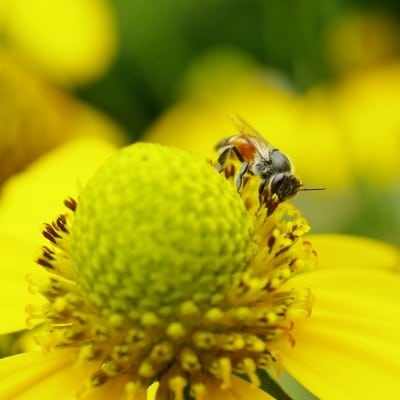
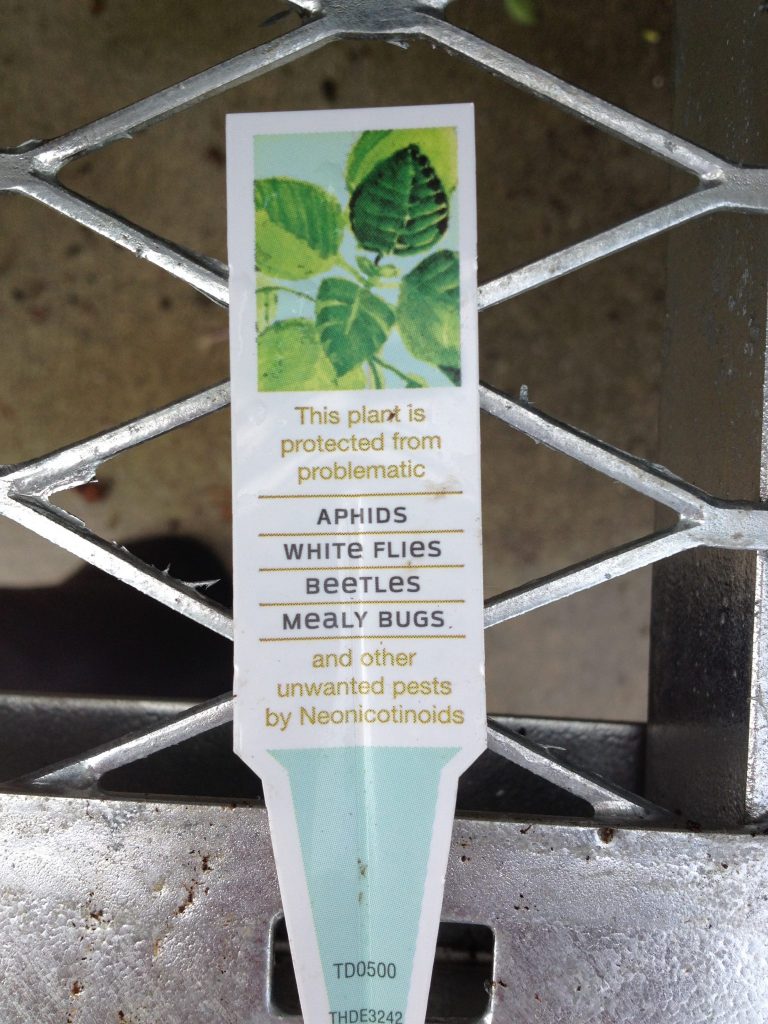
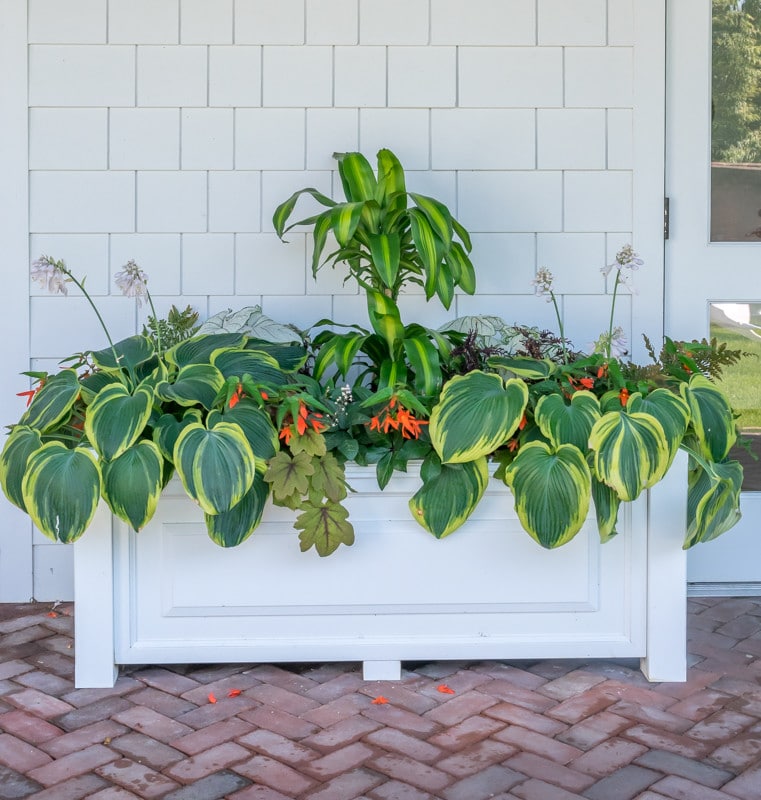
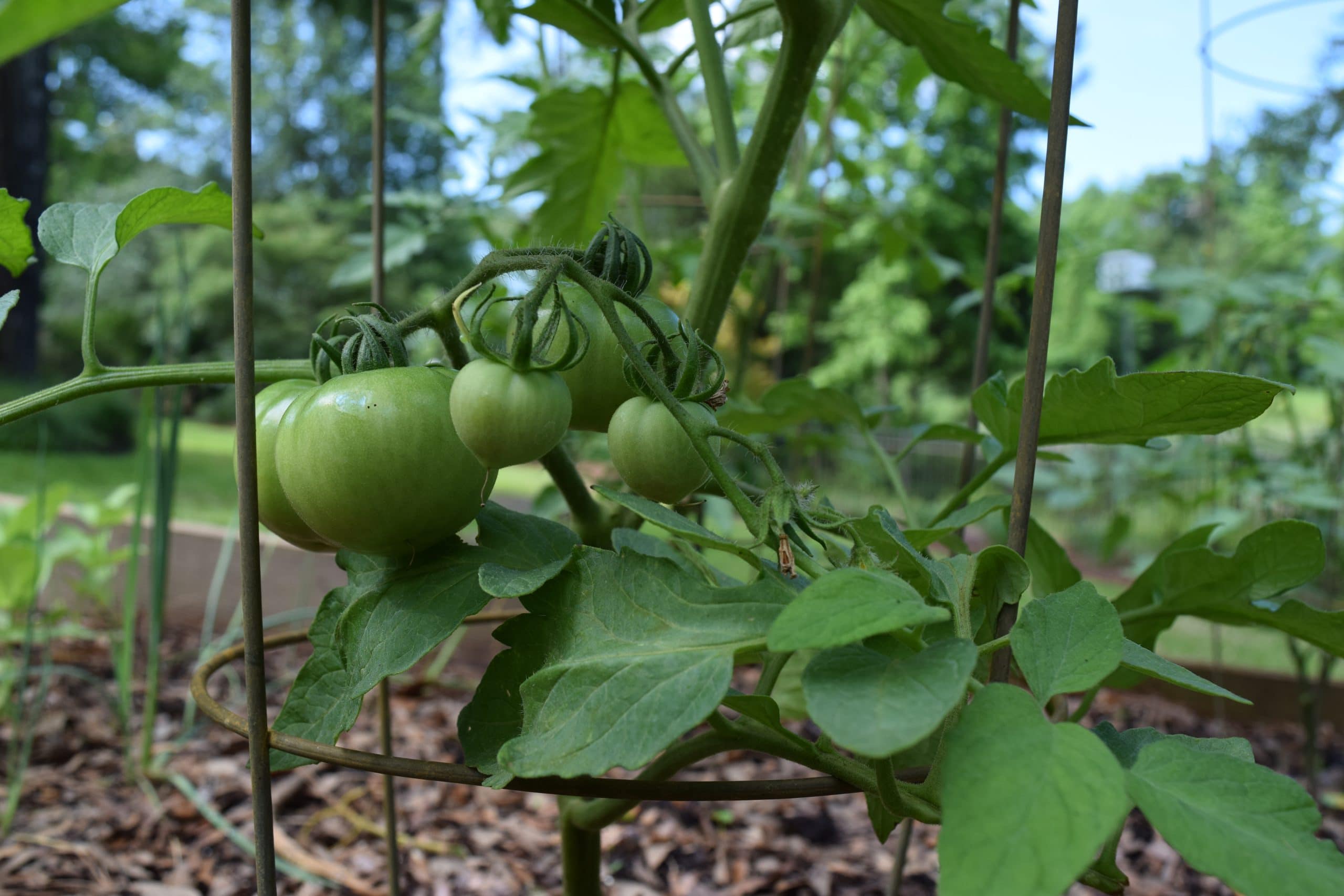

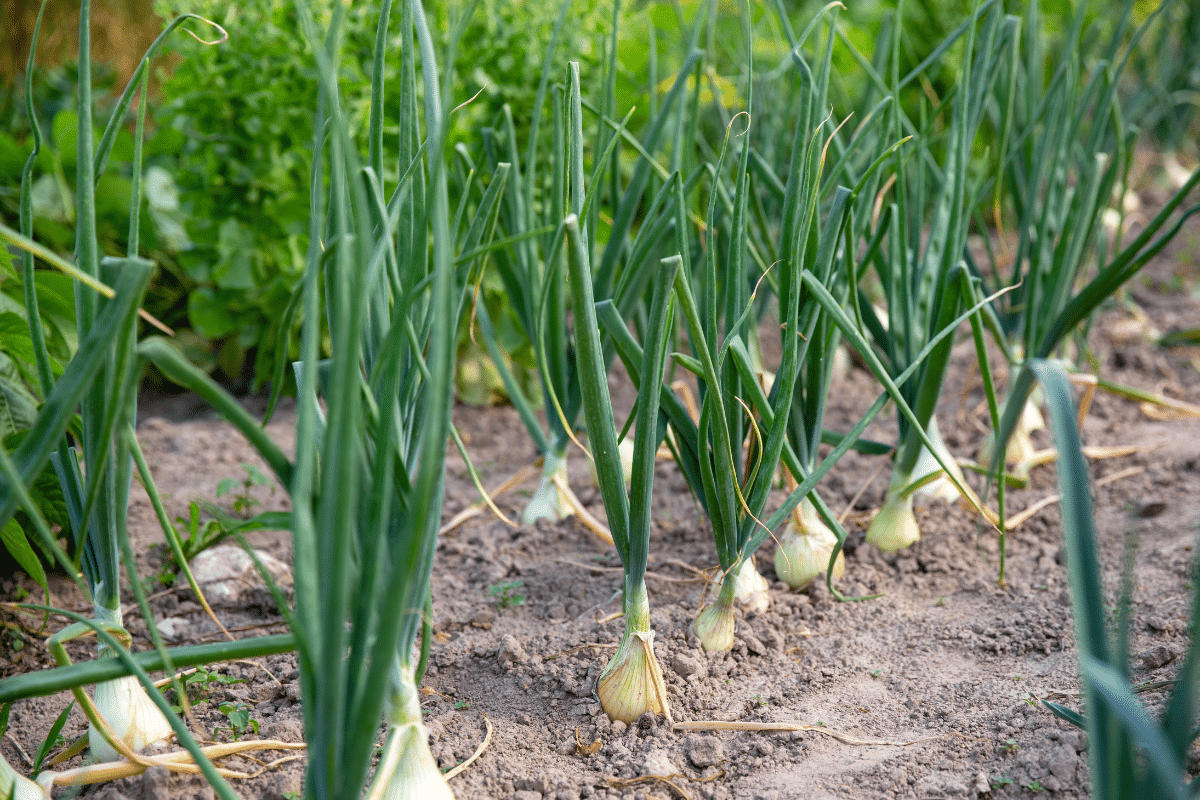


Lynn, I was a bee pathogen researcher before retirement. I thoroughly believe that the neonicotinoids are the leading chemical cause of colony collapse. Not only do they cause direct neural disorientation and motor damage, they then make the surviving bees susceptible to pathogens such as bacteria, viruses and mites. We should be asking why our US EPA has not banned them? When France’s people marched in the streets to the Minister of Agriculture (or whatever the correct title is in France), he banned those chemicals. Guess what happened? The bees came back in force the very first year. Not to mention the articles having been published on research experiments with chemicals and bees. This is a no brainer but ………
You are my hero! But I am so frustrated with our government for basically ignoring this issue. Thanks for chiming in and for the work you have done on behalf of our bees! 🐝 Hugs, Lynn
All of American Meadows seeds are neonicotinoid free. (I don’t know about their plants and bulbs.) Instead of a grassy back yard, which has a fairly good slope to it and terrible to mow, we now have a Wildflower Meadow! This is our third year with the Meadow. We were excited to see Hummingbirds, Monarchs, Bumble Bees and Honey Bees! A few flowers have already bloomed. We sowed some more seed last week and in another week or so we will sow some more!
Hi Gail,
How Brilliant and thanks for the tip on the American Meadows seeds! That’s so good to know. I’m sure your meadow is just lovely! What part of the country are you in?